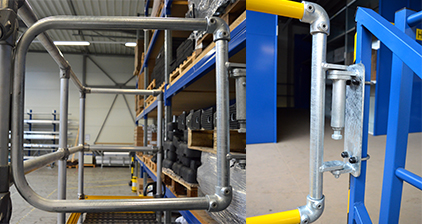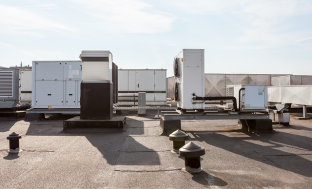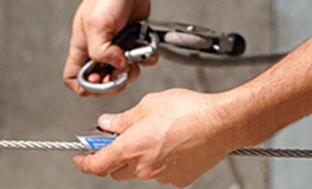latest news
The benefits of spring loaded safety gates
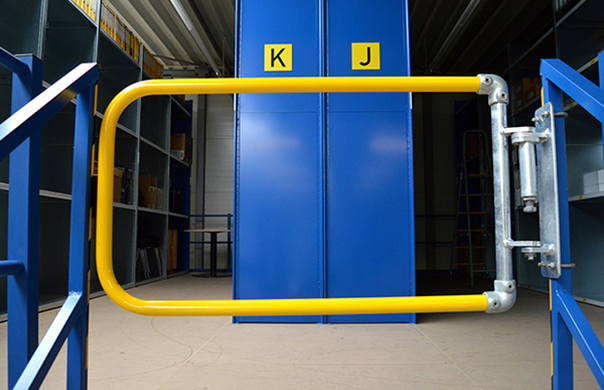
By Mark Dolan,General Manager, Roof Edge Fabrications
They’re referred to by many different names; self closing safety gate, safety gate, spring loaded gate, industrial safety gate even ladder gate, but whichever term you use, one thing they all have in common is that they’re the preferred HSE solution for protecting voids or access within a building.
Work at Height Safety Gate
Traditionally when accessing a rooftop from a ladder or roof hatch, chains, bars or sliding link tubes were specified as a means of providing safe access. However, there is a concern that these are reliant on correct usage. If the person accessing the rooftop forgets to replace the chain, bar or link tube, a void is created which poses a serious fall hazard.
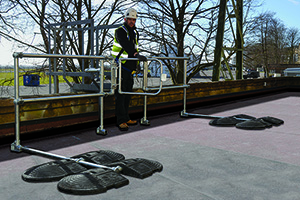
Industrial Safety Gates
When used at ground level, such as for access to machinery or as part of a demarcated route within a loading bay, leaving the access point open can also present a risk by leaving people exposed to hazardous areas.
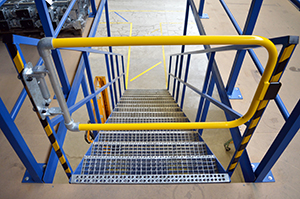
Why Use Self Closing Gates?
The benefit of spring loaded safety gates is that they automatically close behind the user, overcoming the potential of user error. As a result of this, HSE guidelines recommend that Self Closing Gates are the preferred solution when protecting voids.
Specifying self closing gates also helps you to follow best practice and comply with current standards such as EN 14122 and BS 4211:2004 + A1 2008 which specifies requirements for ladder and recommends that where a ladder breaks existing handrail, a self closing gate should be fitted.
